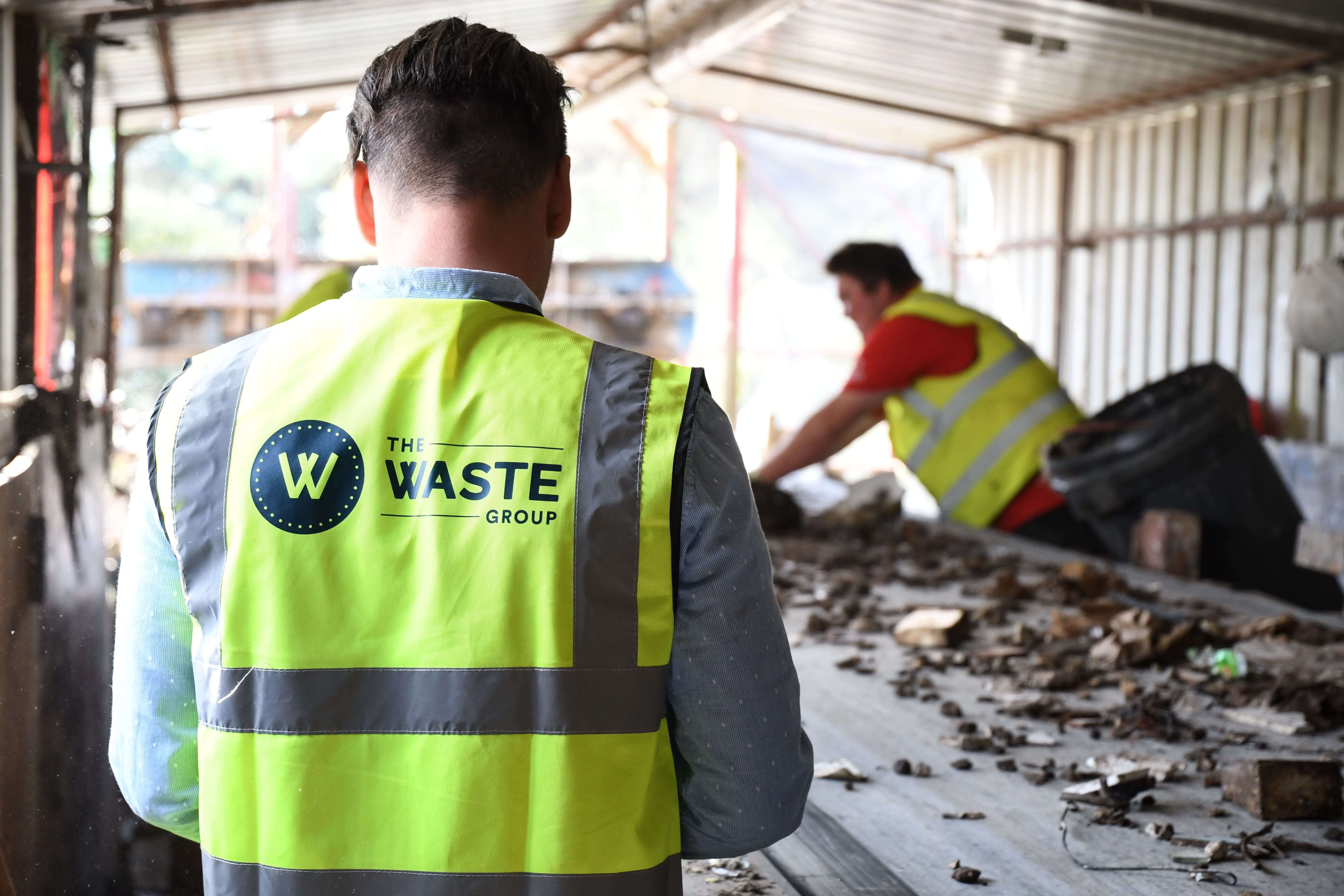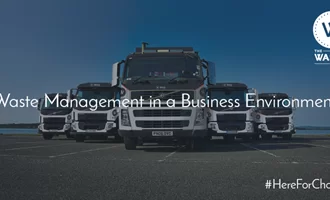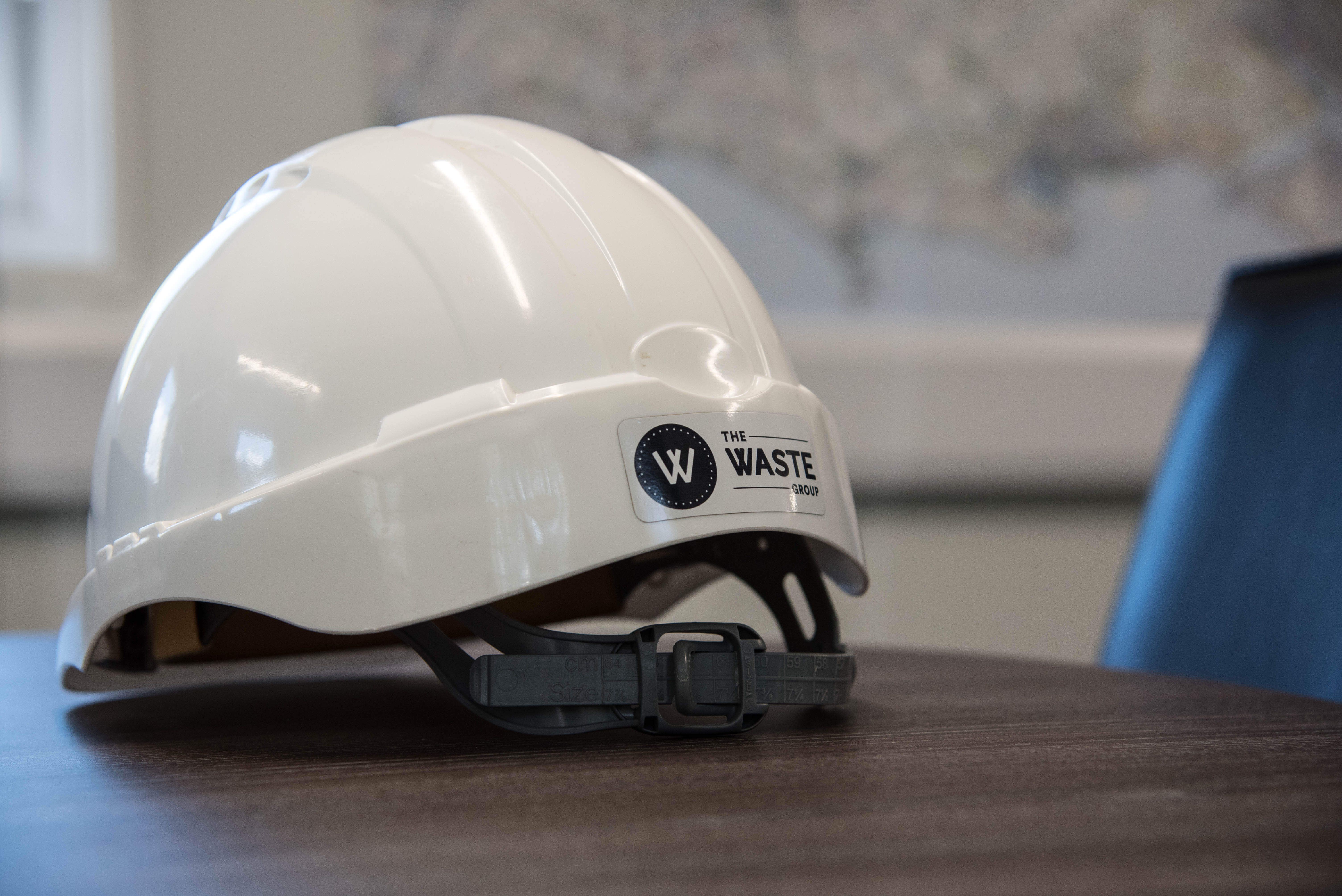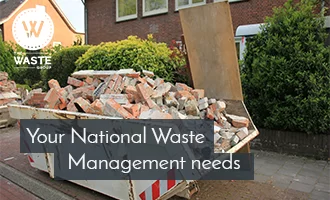Steps to Safely Manage Hazardous Waste in the UK

Life generates waste, and for most of it, there’s a simple solution: recycling! But sometimes, your waste is dangerous to you, your employees, and the environment.
Hazardous waste—including asbestos, lead, solvents, chemicals, and contaminated substances (like car oil equipment)—can’t be recycled with mainstream recycling, and they can cause catastrophic health and environmental consequences if they’re dumped. Even common household materials, including ozone-depleting substances like aerosols, can be detrimental to environmental health if they’re chucked into a landfill.
Do the right thing with your toxic materials! Take the 3 steps we’ve outlined below for responsible hazardous waste disposal.
Identifying hazardous materials
Hazardous waste doesn’t always come with a warning label. Sometimes, it can be surprisingly hard to spot. Some cans and containers inform you that the substance inside is hazardous. Others, like cosmetics and medicines, might not.
But you need to identify and classify your waste to comply with UK regulations. Your waste disposal company (like The Waste Group) will require paperwork showing the type of waste you’re removing and its chemical composition, so you’ll need to know your waste well before you can engage a hazardous waste collection company.
If you’re unsure whether your waste is considered dangerous, this technical guide on waste can tell you how to identify and classify it, including materials containing persistent organic pollutants (POPs).
UK legal requirements for hazardous waste management
Everyone has a duty to sort hazardous waste and safely dispose of it. Not only do you have an ethical responsibility to do so, but you’re bound by law as well. Hazardous waste found on your jobsite is in your care, so you have to ensure it’s handled by the right waste disposal company, and that it’s removed and retired responsibility.
The Hazardous Waste Regulations 2005 outline the types of waste classified as hazardous. It also specifically states the responsibility to dispose of your hazardous waste (without mixing it) in an approved facility—and the fines you’ll face for noncompliance. The Control of Substances Hazardous to Health (COSHH) Regulations offer clear, actionable advice on complying with legal requirements and meeting your duties to your employees, the public, and the government.
3 Steps to safely handle hazardous waste
Site clearances yield all kinds of waste materials, from old paint tins to half-empty brake fluid bottles, and it’s often waste that’s considered hazardous. Where do you start sorting and disposing of it?
Here’s our fool-proof advice for dealing with hazardous waste:
1. Document it
As you pull your waste out of the structure you’re renovating or the ground you’ve excavated, identify its components and classify it according to the UK government’s classification system.
This step might feel slow and cumbersome, but it’s much easier to document your waste as you remove it from the site than to retroactively find, label, and sort it after the fact.
2. Segregate it
It’s essential that you separate your hazardous waste from your non-hazardous waste, and that you don’t mix hazardous waste types.
Every type of waste requires special treatment. If you mix your waste, you’ll end up needing to re-sort it before you dispose of it, or you’ll risk legal penalties and fines. It’s faster and more efficient to segregate your waste as you go.
3. Label it
Every type of hazardous waste you find requires a special container that’s properly sealed and marked with hazard symbols and instructions on handling it.
How to store waste safely
Hazardous waste needs to be contained and removed almost immediately, and they require special containers at labels for proper handling. At a minimum, all waste must be:
- Stored in a secure place
- Stored in suitable containers that will stop waste escaping
- Labelled clearly with the type of waste contained
- Covered to stop waste blowing away
- Covered with a waterproof material if rain could cause contaminated run-off or to prevent the waste from being reused
If you’re unsure how to store your hazardous waste, it’s easier and safer to work with a waste disposal company that can manage your hazardous waste responsibly from start to finish.
Only work with a licensed hazardous waste carrier
In the UK, it’s illegal to dispose of hazardous waste without official certifications showing you’ve done it properly. And the only crowd that can supply those certs are waste carriers who are especially licensed to handle hazardous materials.
Dealing with hazardous waste is tricky, but the fastest, easiest way to handle it is by partnering with a licensed waste carrier who knows how to classify, label, store, and dispose of your materials.
Don’t waste time and money (and risk legal action) trying to handle hazardous waste on your own! Call the experts who know hazardous waste and its complicated regulations—call The Waste Group!



